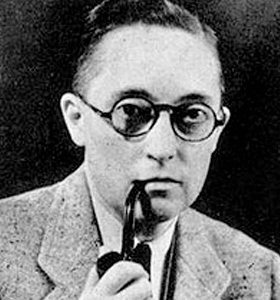Alan L. Hart
1890-1962
Alan L. Hart was an American physician, radiologist, tuberculosis researcher, writer and novelist. He pioneered the use of x-ray photography in tuberculosis detection, and helped implement TB screening programs that saved thousands of lives.
Hart graduated from Albany College (now Lewis & Clark College) in 1912, and in 1917 obtained a doctor of medicine degree from the University of Oregon. Hart was deeply unhappy that the medical degree was issued in his female name, limiting his opportunities to use it in any future life under a male name.
Upon reaching adulthood Hart sought psychiatric counselling and radical surgery to live as a man. Hart’s surgery was completed at the University of Oregon Medical School. He legally changed his name.
He interned at San Francisco Hospital. In February 1918 he married his first wife Inez Stark. A former classmate recognized him at the hospital, and he was outed as transgender in the newspaper. The article’s opening sentence referred to him by his birth name and with incorrect pronouns. Hart and his wife were forced to move. Similar events occurred throughout his career. The relocations, financial insecurity, and secrecy placed strain on Hart’s marriage, and Inez left him in September 1923.
Hart devoted much of his career to research into and treatment of tuberculosis. Hart was instrumental in identifying how tuberculosis attacked the body. He developed techniques for using X-rays to detect tuberculosis, allowing for earlier treatment. By the time antibiotics were introduced in the 1940s, doctors using the techniques Hart developed had managed to cut the tuberculosis death toll significantly.
An experienced and accessible writer, Hart wrote widely for medical journals and popular publications, describing TB for technical and general audiences and giving advice on its prevention, detection, and cure.
Alongside his medical practice and research, Hart pursued a second career as a novelist. He had in early life published in local, school, and college magazines, and later published four novels, chiefly on medical themes. His four novels incorporate semi-autobiographical themes including conflicts of sexuality and gender dysphoria.

